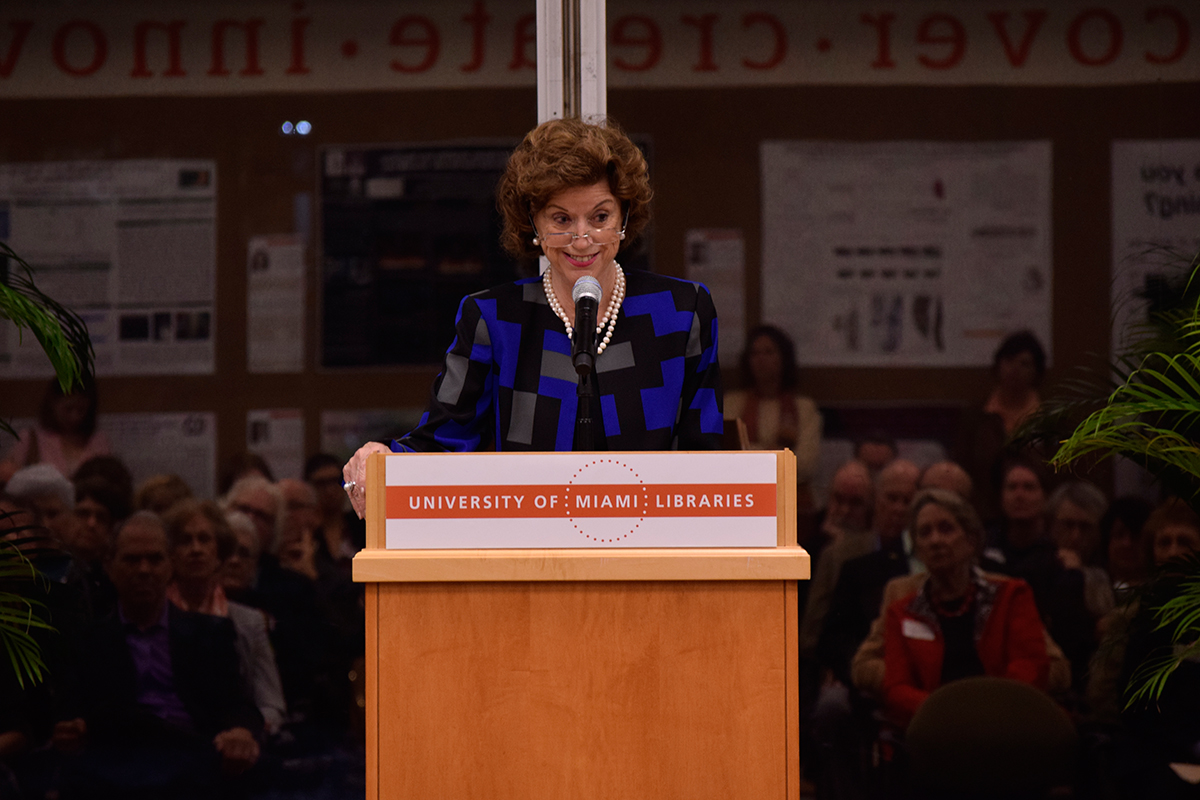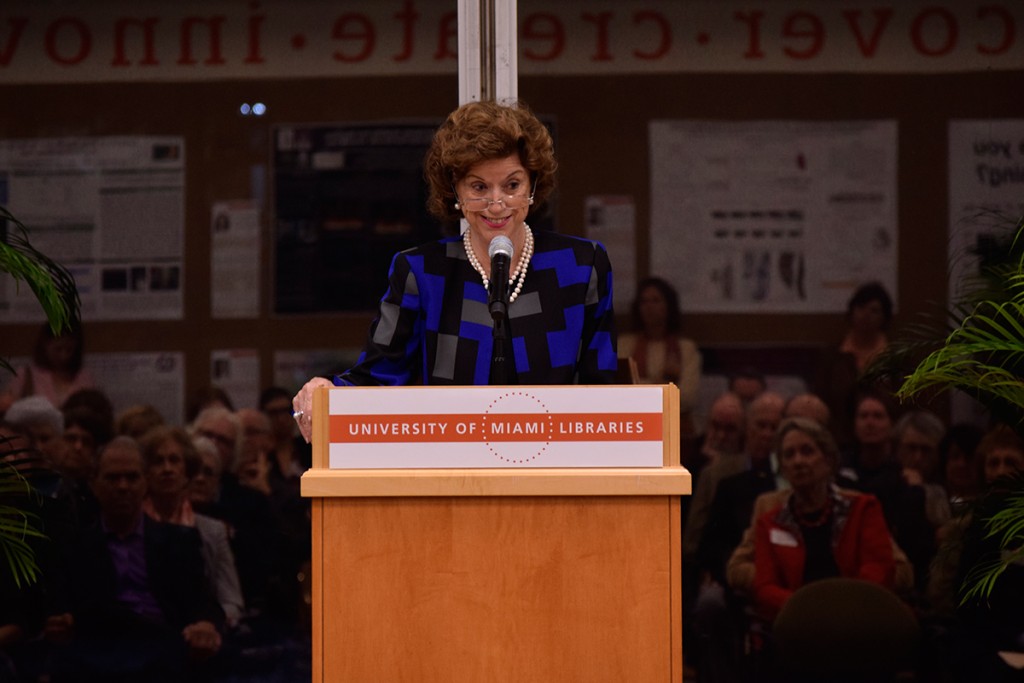

Chances are, you’ve had a class in or have walked by the Merrick Building at least a few times. However, you probably don’t know about the influence that Merrick had on Miami’s history that led to his name being ingrained in our university’s infrastructure. Written by Arva Moore Parks, “George Merrick, Son of the South Wind” gives excellent insight into Merrick’s life and his quest to distinguish himself from the legions of developers who only sought profit during their time.
Born in the 1920s to a lower-middle-class family in Pittsburgh, Merrick moved to Miami with his family when he was 12 years old. Merrick’s most significant accomplishment, as highlighted in the novel, was his role in creating the land boom of 1920s. The novel discusses Merrick’s journey to carve out a town from the 3,000-acre citrus grove plot endowed to him by his family. This small town would soon grow into modern-day Coral Gables, built around the trademark Mediterranean Revival architectural style that gives Coral Gables its rustic flair.
Merrick’s true stamp on Miami was in 1925 when he began building and establishing the University of Miami. With a donation of more than 600 acres and a pledge of $5 million, designing and constructing the university’s infrastructure was arguably the biggest project Merrick undertook in his lifetime.
Using a similar heavily influenced Mediterranean style of architecture, Merrick’s goal was to revolutionize the colonial campus ambience. In the book, his goal is described as a “desire for University of Miami to rival the presence of Stanford University in California.” Although the project faced several funding and time-related obstacles, the campus was finally fit for use and enrolled 372 students in the fall of 1926.
Unfortunately, disaster struck soon after the campus opened. The 1926 hurricane, often known as the “Great Miami” hurricane, destroyed the majority of the newly constructed campus, leaving unsalvageable shreds on the property. The Great Depression soon followed, minimizing the possibility of reconstructing the campus. Merrick passed away a decade later with an estate worth less than $400.
However, as it has been proven repeatedly in history, one’s legacy and spirit is never relinquished after passing. The University of Miami was rechristened in 1946 and the campus was re-charted to be designed in a modern style. One of the university’s first projects was the reconstruction of the Merrick Building in honor of George and his father, Solomon. Merrick may have been disappointed that his elegant Spanish-style campus did not come to fruition again, but idealistically, the campus was finally transforming into what he envisioned. The university’s modern architecture soon gave Coral Gables international attention as it was deemed the “World’s Most Modern Campus.”
Since then, the University of Miami has sought to live up to Merrick’s expectations. As the novel boasts, over the years, the university has blossomed into the forefront of innovation and discovery as an international hub and a major research institution. With change in the air as we inaugurate our new president, it is a great time to take a step back to appreciate the foundation laid by the unspoken hero of Coral Gables history.





